Nvidia has emerged as the indisputable leader in chips for Level 3 and even more advanced driverless applications, catching some of the world's largest semiconductor makers and automotive suppliers by surprise.
After the car industry figured out that AI-piloted vehicles were not the stuff of science fiction and had the potential to shake up the world as we know it, like the industry revolution did over 100 years ago, Nvidia's graphics processor units (GPUs), used mainly for gaming and computer graphics platforms, happened to be what automotive OEMs needed at just the right time.
For the development of any computing platform for self-drive vehicles that requires neural networking and machine learning, it is now hard to find something Nvidia is not into.
Gory Video Games Meet Advanced AI
For the past two decades, the Santa Clara-based firm has mainly been known for its GPUs and graphics cards. Its devices have the processing horsepower 3D gamers crave to boost performance in graphically intensive titles such as Call of Duty and Fallout. Competing mainly against AMD, Nvidia has continued to develop graphics cards that have multiple GPU cores with processing speeds measured in teraflops per second and over 10 GB of memory.
Nvidia devices are specially designed to offer computing parallelism, which allows for many calculations to be made simultaneously. Thanks to parallelism's capability to process AI instructions, the capability lends itself well to processing AI instructions written for gaming software, which makes for smarter and intelligent virtual opponents in 3D games.
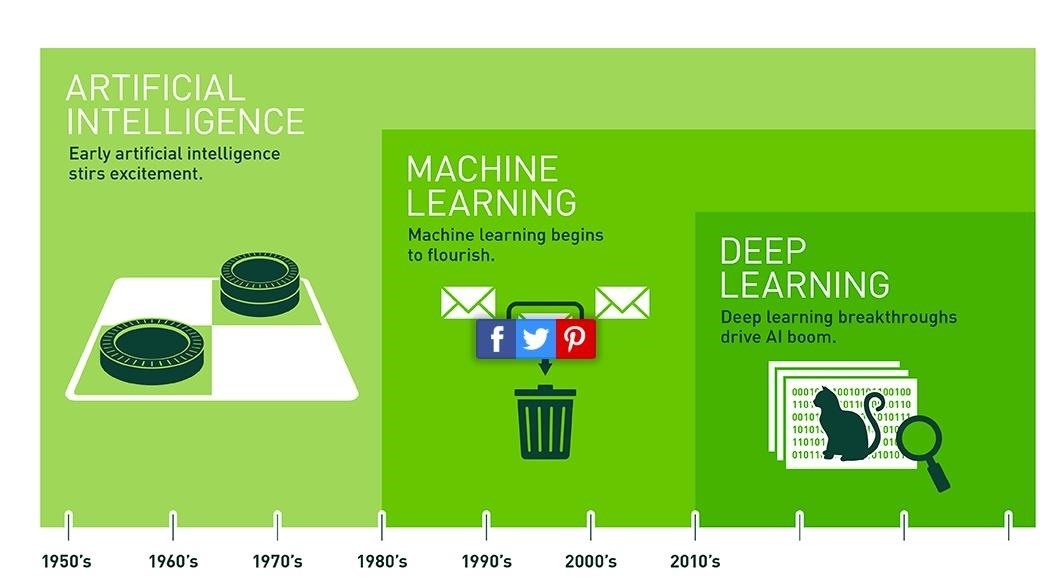
Enter neural networks and machine learning. In 2012, Andrew Ng, then a chief scientist for Google, began leveraging the computational parallelism and graphics processing capabilities of GPUs for neural network machine learning.
Ng and Google then began to show how machines were able to learn to recognize objects, such as animals and trees, after scanning over 10 million YouTube images thanks to a computational structure that imitated human brain neural connections. Neural networks scan data and learn how to make decisions based on past experience of what they have seen, similar to how human learn to make the difference between a signpost and a tree that they see.
A Neural Network Chip Giant Emerges
Since Ng's speech about neural networks and the role GPUs play in machine learning, Nvidia began to play a key role in the development of the most advanced driverless systems. In commercially available vehicles, Audi's recently launched A8, which has Level 3 capabilities, and Tesla models, which offer the most-advanced Level 2 driving in commercially available vehicles, rely on Nvidia's neural network computing platform.
Among recent announcements about Nvidia partnerships with OEMs and suppliers, Volvo said it will use Nvidia's chips and a neural network computer platform in its Level 4 cars slated for launch in 2021 or earlier. Nvidia has also recently announced it is working with ZF, an AI supplier to the automotive industry, and German automotive supplier Hella.
In June, Volkswagen said it was working with Nvidia to offer deep machine learning technology to third parties. Volkswagen is also developing driverless systems using Nvidia neural networking technology, while how it will team up with the chip giant to market jointly developed tech remains to be seen.
Bosch, a leading automotive and driverless tier-one systems supplier, said in March that it was embedding Nvidia's Xavier system on chip (SoC) and Volta GPU in its driverless systems which it will offer to OEMs for Level 3 and Level 4 driving.
In short, there is an apparent lack of major announcement from OEMs developing cars with neural network computer platforms that do not involve Nvidia.
"What we see is virtually every car maker is using Nvidia in their development effort," Danny Shapiro, senior director of automotive for Nvidia, told Driverless.
More Players Come to the Party
However, while Nvidia has taken an early yet commanding lead for advanced driverless systems, other competitors are expected to jump into the mix. Likely competitors, according to data from consulting firm Frost & Sullivan, include NXP Semiconductors, Qualcomm, and especially, Intel and Mobileye, which offer a driverless computing platform that BMW is expected to use in its upcoming Level 3 debut when it launches its iNext model.
Meanwhile, Nvidia is expected to maintain a leading position in the near term, while only a handful of players will likely have the know-how to offer neural network-capable GPUs and computer systems for driverless cars during the next few years, Anirudh Venkitaraman, an analyst at Frost & Sullivan, told Driverless.
"It is going to boil down to three or four players maximum," Venkitaraman said.
It is also easy to forget the Nvidia owes its leading position to its investments in AI and neural networks over the course of several years, ahead of other chipmakers, Jeremy Carlson, an analyst for IHS Automotive, told Driverless.
Nvidia's many successive announcements speak to how broadly engaged they are with the industry. Suffice it to say though that this tech is a part of the burgeoning autonomous mobility industry with incredible potential, and others will certainly be looking to capitalize on that opportunity as well. If you consider that the car is as similar to a computer as it's ever been, and that this part of the technology is all about efficient and powerful computing, a few more companies might come to mind.
At least during the next three to five years, Nvidia's neural network computer platform will serve as the predominant technology in Level 3 and Level 4 vehicles on offer pending legislative changes that will allow for their sale and use commercially. But already, other chipmakers have seen the potential and are certainly looking ahead. Don't expect a sudden wave of competition in this notoriously difficult area of technology, but Nvidia will almost certainly not be the only choice for neural network-enabled GPUs in the future.
Just updated your iPhone? You'll find new emoji, enhanced security, podcast transcripts, Apple Cash virtual numbers, and other useful features. There are even new additions hidden within Safari. Find out what's new and changed on your iPhone with the iOS 17.4 update.
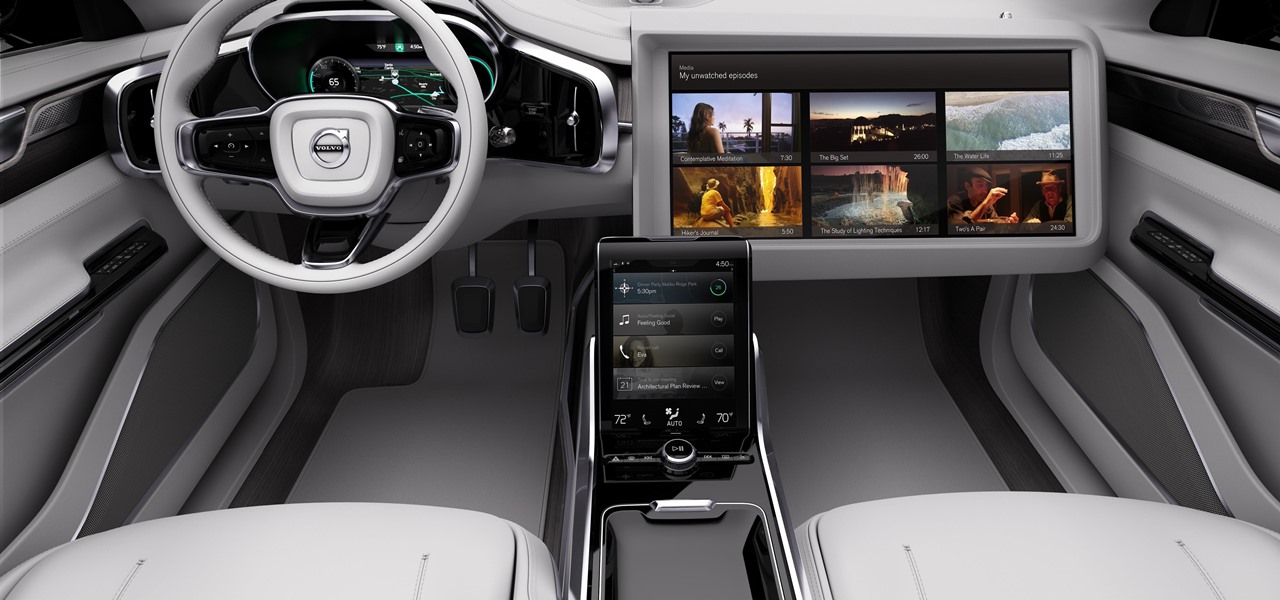



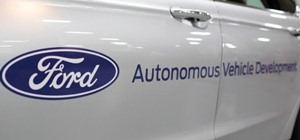
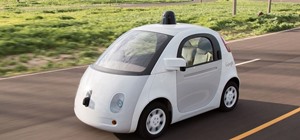

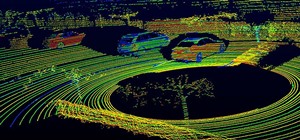


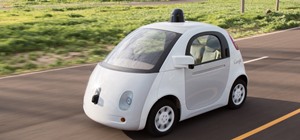
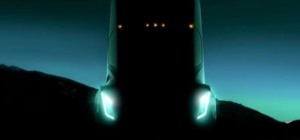

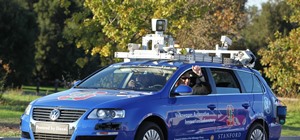


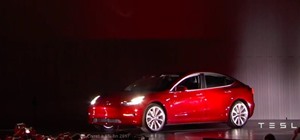




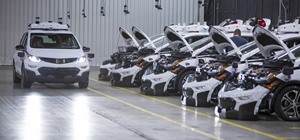
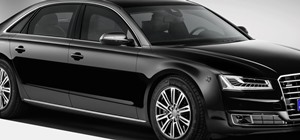
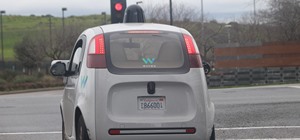

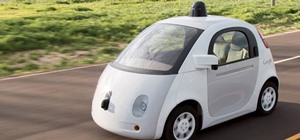
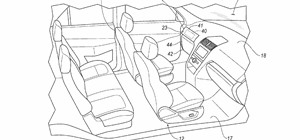



Be the First to Comment
Share Your Thoughts